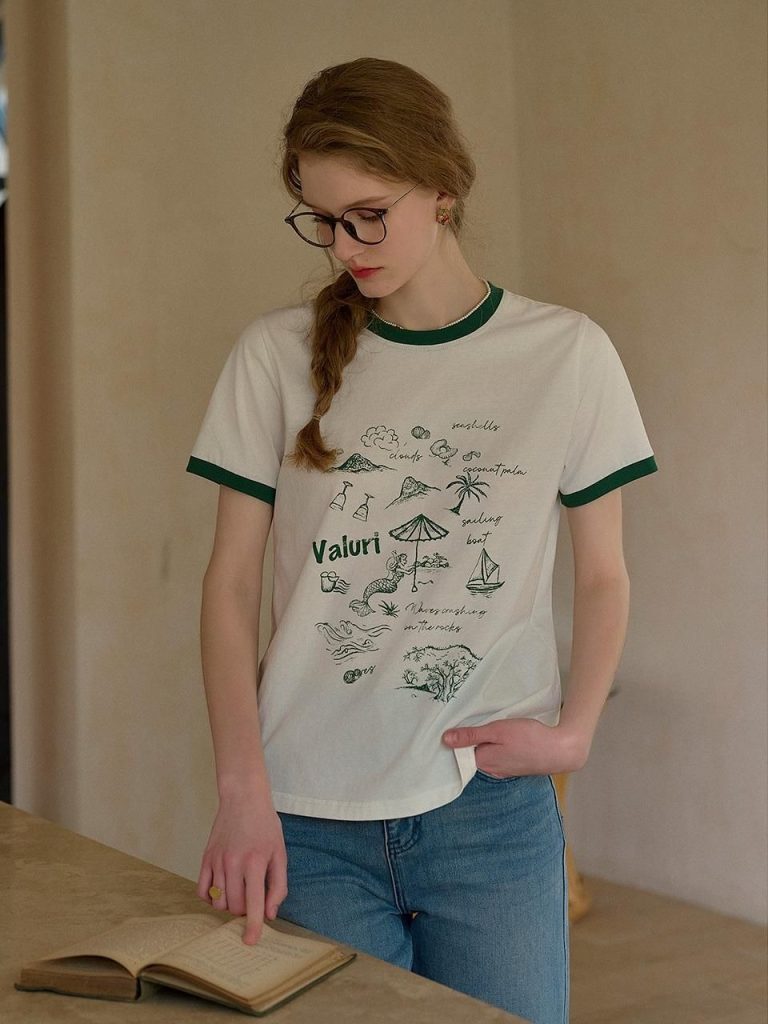Fashion has always been associated with beauty, luxury, and change. For centuries, it has thrived on novelty and the desire for self-expression. Yet in the twenty-first century, fashion faces a new challenge that extends beyond aesthetics: the challenge of sustainability. As environmental concerns grow and consumers become increasingly conscious of the impact of their choices, the fashion industry is undergoing a profound transformation. Sustainability is no longer a trend but a necessity, shaping design, production, and consumption. Understanding this shift requires examining how fashion contributes to environmental issues, how innovators are addressing these challenges, and how sustainability is becoming the foundation for a more responsible and forward-looking industry.
The environmental impact of fashion is immense. Textile production consumes vast amounts of water, energy, and chemicals. Cotton farming, for example, is notorious for its high water demand, while synthetic fibers like polyester contribute to microplastic pollution. Dyeing and finishing processes often release harmful substances into rivers and soil, threatening ecosystems and human health. Beyond production, the issue of waste looms large. The rise of fast fashion has encouraged overconsumption, with millions of garments discarded after only a few uses. Landfills worldwide are filled with clothing that could take centuries to decompose, releasing greenhouse gases as it breaks down. This cycle of overproduction and waste has made fashion one of the most environmentally damaging industries on the planet.
In response to this crisis, sustainability has emerged as a guiding principle for modern fashion. Designers, brands, and consumers are increasingly aware that style cannot come at the expense of the planet. Sustainable fashion emphasizes materials, processes, and consumption patterns that reduce harm and promote longevity. Organic cotton, hemp, bamboo, and recycled fibers are replacing conventional textiles. Innovations such as plant-based leathers and fabrics grown from fungi or algae represent bold experiments in reducing reliance on animal products and plastics. These materials not only lower environmental footprints but also inspire fresh creativity in design.
Equally significant are innovations in production methods. Traditional manufacturing often relies on mass production and wasteful cutting techniques. Today, many designers embrace zero-waste patterns, digital prototyping, and 3D knitting, which minimize excess fabric. Waterless dyeing technologies and closed-loop recycling systems are transforming how textiles are colored and reused. Factories are adopting renewable energy sources and ethical labor practices, linking environmental sustainability with social responsibility. Together, these innovations mark a shift from a linear “take-make-dispose” model to a circular system where resources are conserved and reused.
The rise of sustainable fashion also reflects a change in consumer attitudes. Increasingly, people are demanding transparency about where their clothes come from and how they are made. Labels that disclose sourcing, production conditions, and environmental impacts have become essential tools for building trust. Secondhand shopping, clothing rental, and repair culture are growing, challenging the notion that fashion must always mean buying something new. Minimalism and slow fashion movements encourage consumers to value quality over quantity, investing in timeless pieces rather than chasing fleeting trends. This cultural shift reveals that fashion is not only about appearance but also about ethics and responsibility.
Sustainability in fashion is also deeply tied to social justice. Many of the world’s garments are produced in factories where workers face low wages and unsafe conditions. By advocating for sustainability, the industry also confronts these inequalities. Fair trade practices, living wages, and safe working environments are increasingly part of the sustainability conversation. True sustainable fashion recognizes that respect for the environment must go hand in hand with respect for the people who create the clothes. This holistic view transforms fashion into a force for positive change not just environmentally but also socially.
The influence of technology is undeniable in advancing sustainable fashion. Digital fashion, for instance, allows designers to create and sell clothing that exists only virtually, reducing physical waste. 3D printing enables on-demand production, minimizing inventory surplus. Blockchain technology provides transparency, enabling consumers to trace a garment’s journey from raw material to finished product. Artificial intelligence helps predict demand more accurately, reducing overproduction. These technological tools reveal that sustainability is not about limiting creativity but about expanding it into new dimensions.
Cultural perspectives also shape sustainable fashion. Different regions bring unique traditions that contribute to sustainability. In Japan, the practice of “boro” emphasizes repairing and reusing textiles, turning patched fabrics into cherished works of art. In India, handloom weaving sustains communities while reducing industrial energy consumption. In African nations, recycling and upcycling of materials have long been part of local fashion culture. By honoring these traditions, the global fashion industry learns that sustainability is not merely a modern invention but a continuation of wisdom embedded in cultural heritage.
Fashion media and education play critical roles in promoting sustainability. Magazines, influencers, and digital platforms amplify awareness about eco-friendly choices and highlight brands that prioritize ethics. Fashion schools are training the next generation of designers to think sustainably from the outset, integrating environmental science and ethical responsibility into curricula. This educational shift ensures that sustainability is not an afterthought but a foundation for creativity and innovation. As these values spread, the industry prepares for a future where responsible fashion is the norm rather than the exception.
The challenges, however, remain significant. Greenwashing—where brands exaggerate or falsify their sustainability efforts—misleads consumers and undermines genuine progress. Affordable sustainable options are still limited, making eco-friendly fashion inaccessible for many. Balancing environmental goals with economic realities requires collaboration across governments, industries, and consumers. Yet these challenges also present opportunities for innovation, regulation, and collective action. By holding brands accountable and demanding systemic change, society can steer fashion toward a truly sustainable future.
Ultimately, sustainability redefines the meaning of fashion. It transforms clothing from disposable items into valuable expressions of care for the planet and humanity. It challenges designers to balance beauty with responsibility, pushing them to innovate in ways that enrich both style and sustainability. It empowers consumers to see their choices as part of a larger ethical dialogue. In this transformation, fashion retains its creative power but aligns it with a vision of long-term well-being.
The story of fashion is no longer just about trends, luxury, or personal identity. It is also about stewardship, responsibility, and survival. By embracing sustainability as its foundation, fashion ensures that it continues to inspire and delight without compromising the future of the earth or its people. The garments of tomorrow will not only express beauty but also embody respect for life itself. In this way, sustainable fashion becomes more than a movement—it becomes the new definition of modern style

